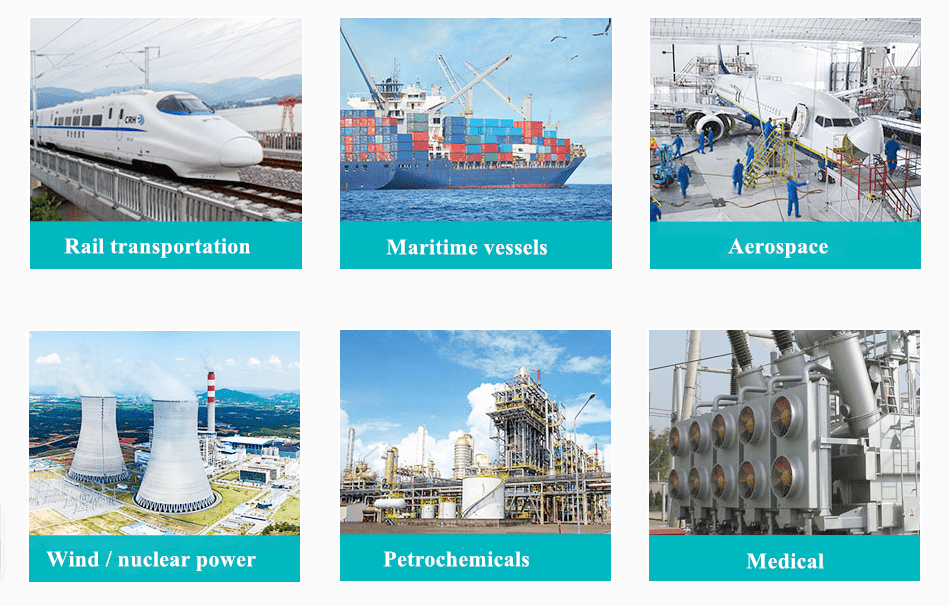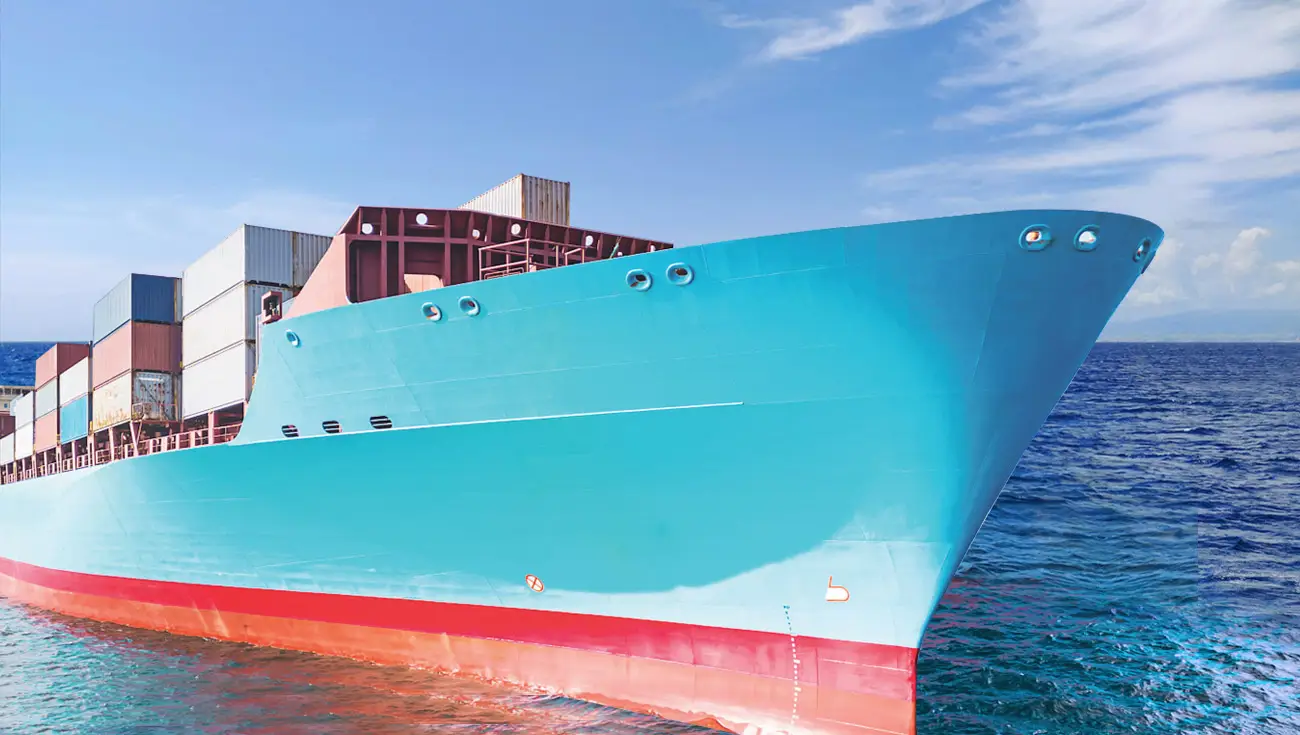
TST Seal :
- Fireproof
- Cable fixinAg
- Watertight
- Airtight
- Dustproof
- Noise reduction
- Vibration reduction
- Pressure resistance
- Corrosion resistance
- EMI/EMP
- Pest & rodent resistance
Related Articles
- circular seal (7)
- flange sealing (1)
- industrial sealing (2)
- MCT Transit Sealing System (2)
- rectangular seal (34)
- sealing modules (31)
- sealing solution (12)
Cable and pipeline penetration fire blocking: Interpretation of international standards and domestic specifications

In various buildings and industrial facilities, cables and pipelines are like crisscrossing “blood vessels” and “veins”, maintaining the normal operation of power, energy, information and other systems. However, once a fire breaks out, these channels can easily become “accomplices” in the rapid spread of the fire, causing the disaster to spread like wildfire and posing a devastating threat to the safety of life and property.
Imagine that in a raging fire, if there is no effective fire blocking at the cable and pipeline penetration points, the flames will shuttle along these “channels” and ignite the surrounding flammable materials, and toxic smoke will spread, making people’s hope of escape increasingly slim, and at the same time causing damage to key equipment and bringing inestimable economic losses. For this reason, cable and pipeline penetration fire blocking is extremely important. It is a key line of defense in fires, which can buy precious time for personnel evacuation and fire fighting, and minimize losses. Next, TST seal will take you to understand the similarities and differences between international standards and domestic specifications in this field, hoping to answer your questions.
Cable and pipe penetration fire blocking is a key measure to ensure that buildings and industrial facilities can effectively prevent the spread of flames and smoke in the event of a fire. In order to ensure the reliability and safety of these systems, there are a series of international standards and specifications, and each country will also formulate corresponding national standards or industry specifications according to its own situation.
International Standards
1. ISO 15005:2018 Ships and offshore technology Ship cable penetration system
This standard specifies the design, installation and testing requirements for ship cable penetration systems, aiming to prevent the spread of fire through cable penetrations and ensure electrical continuity.
2. IEC 61386 series of standards (such as IEC 61386-1)
This series of standards covers all aspects of cable management systems, including but not limited to requirements for cable troughs, conduits and accessories. Although not specifically for fire blocking, it contains basic requirements for fire resistance.
3. EN 1366 series of standards
EN 1366 includes a variety of fire test methods, such as EN 1366-3 for fire performance tests on non-metallic pipe penetrations, and EN 1366-4 for fire tests on cable penetration seals.
4. UL 2079 standard
One of the standards developed by UL (Underwriters Laboratories), focusing on fire tests on building joints and penetration seals. UL 2079 involves how different types of penetration seals resist fire.
Domestic regulations
1. GB 23864-2009 “Fireproof sealing materials”
This is China’s national standard for fireproof sealing materials, which defines the technical requirements, test methods, inspection rules, etc. of fireproof sealing materials. It is suitable for fireproof sealing of various holes and gaps in buildings.
2. GB 50016-2014 “Code for Fire Protection Design of Buildings”
Provides regulations on fire partitions and evacuation channel design in the process of building design, including specific requirements for fire protection treatment of cable and pipeline penetration parts.
3. GA 475-2004 “Flexible Organic Blocking Materials”
Specifies the technical conditions and test methods of flexible organic blocking materials, which are often used for fire blocking of cable trays and pipelines passing through walls or floors.
4. CECS 86:96 “Performance Requirements and Test Methods for Fire Blocking Materials for Buildings”
Although it is relatively old, it still provides guiding principles and technical parameters for fire blocking in some specific occasions.
Fire blocking is a key link in fire safety, which is related to life and property and cannot be slackened. As a domestic brand that focuses on providing modular cable and pipe penetration sealing systems for users in various industries, TST seal can provide all solutions for cable and pipe penetration for customers in various industries around the world. It has passed the certification of many classification societies and provided more than 10,000 sets of domestic cable and pipe penetration sealing solutions for well-known companies such as 3,000+ listed groups, state-owned enterprises, and central enterprises around the world.

When choosing a suitable cable and pipe penetration fireproof sealing solution, in addition to following the above standards, it is also necessary to make a comprehensive consideration based on the actual engineering needs. For example, for applications in special environments (such as offshore platforms), it may be necessary to refer to relevant industry standards or certification requirements for specific projects. In addition, with the development of technology and the improvement of safety awareness, relevant standards are also being continuously updated and improved. Therefore, before implementing a specific project, it is recommended to consult the latest standard text and consult the opinions of TST seal professional engineers.







